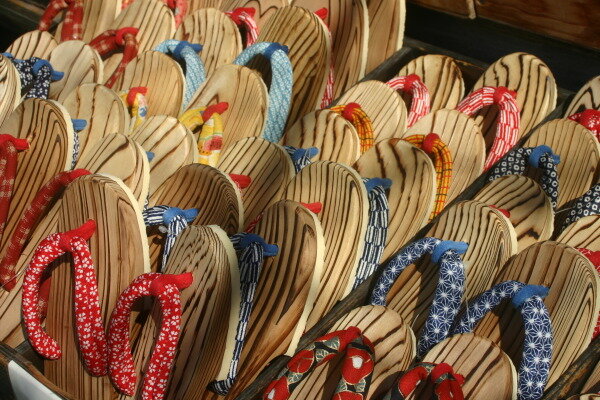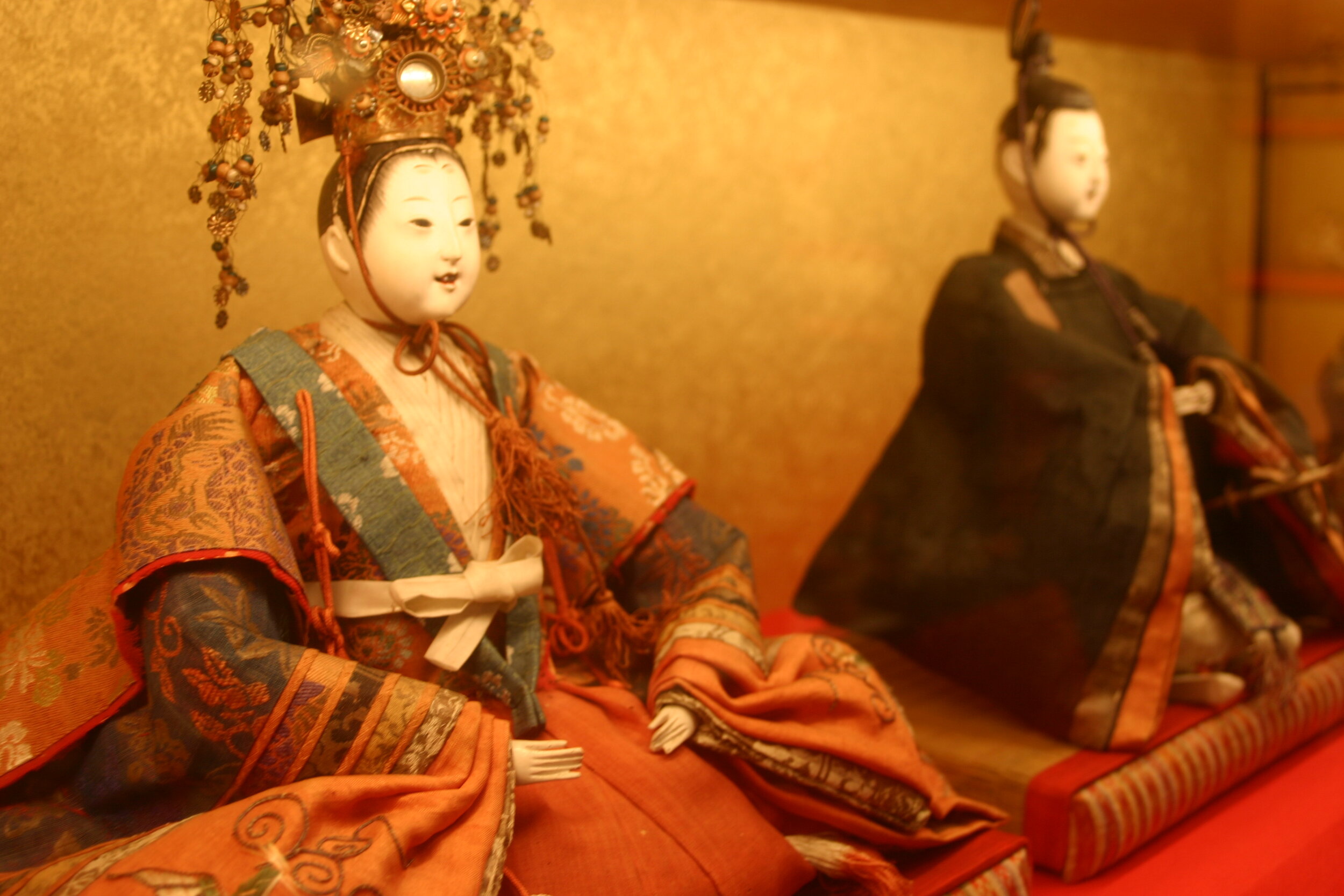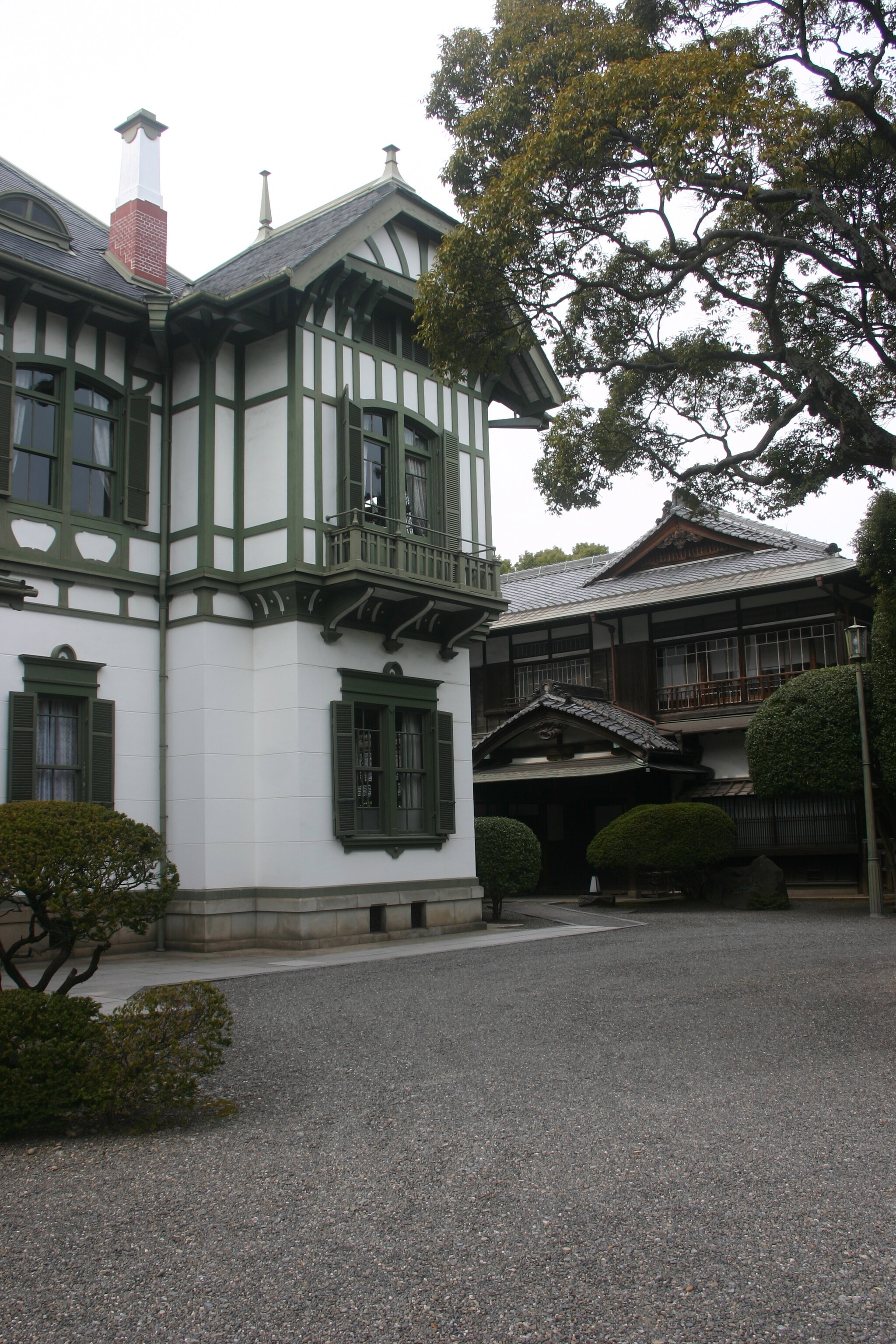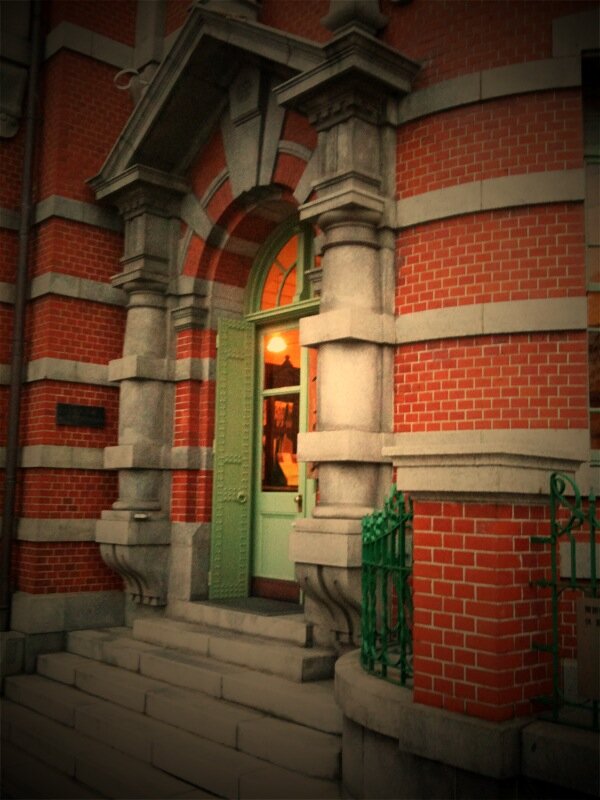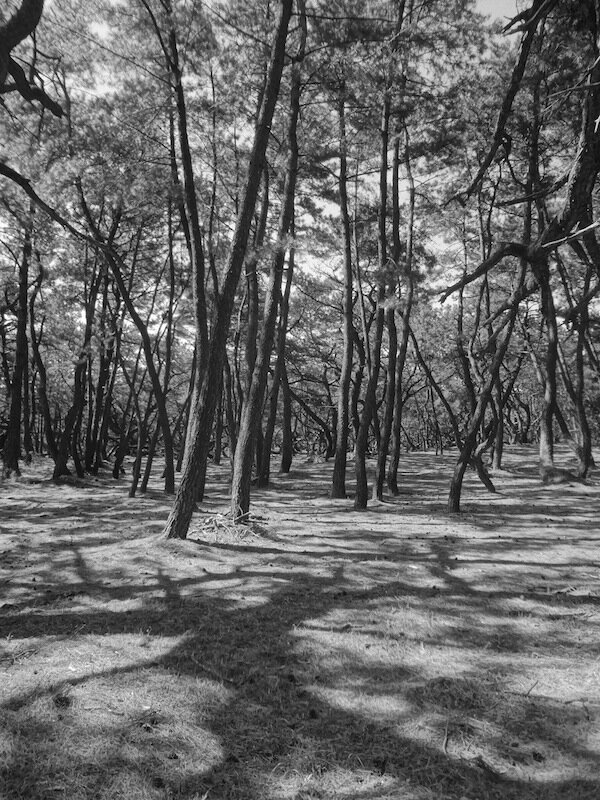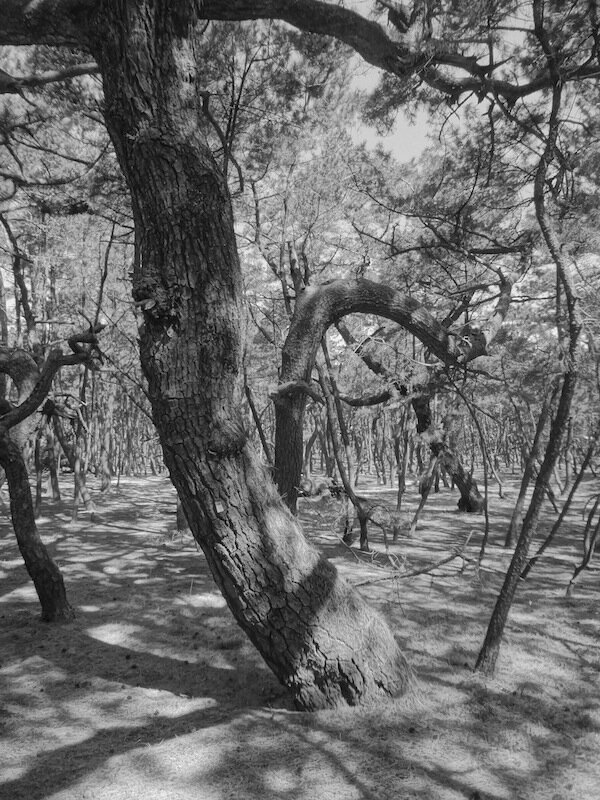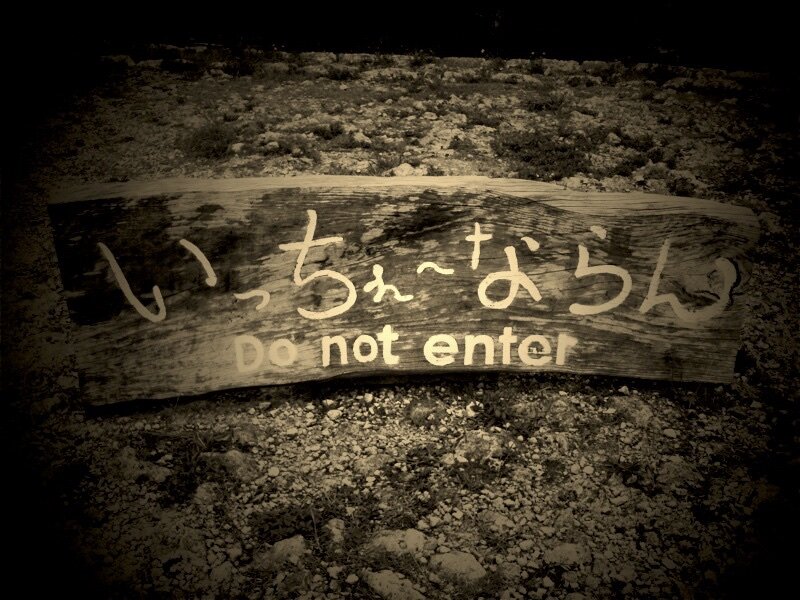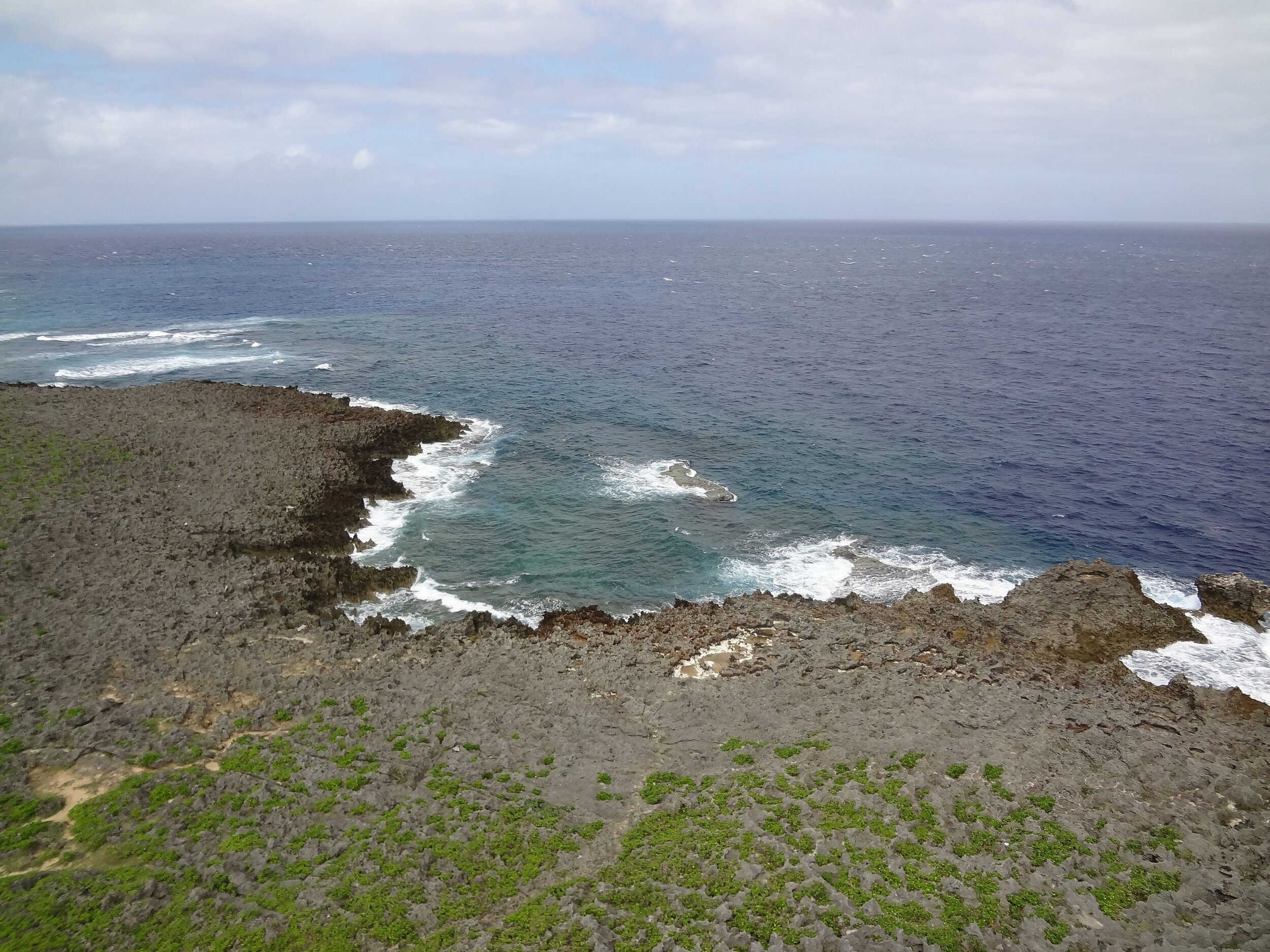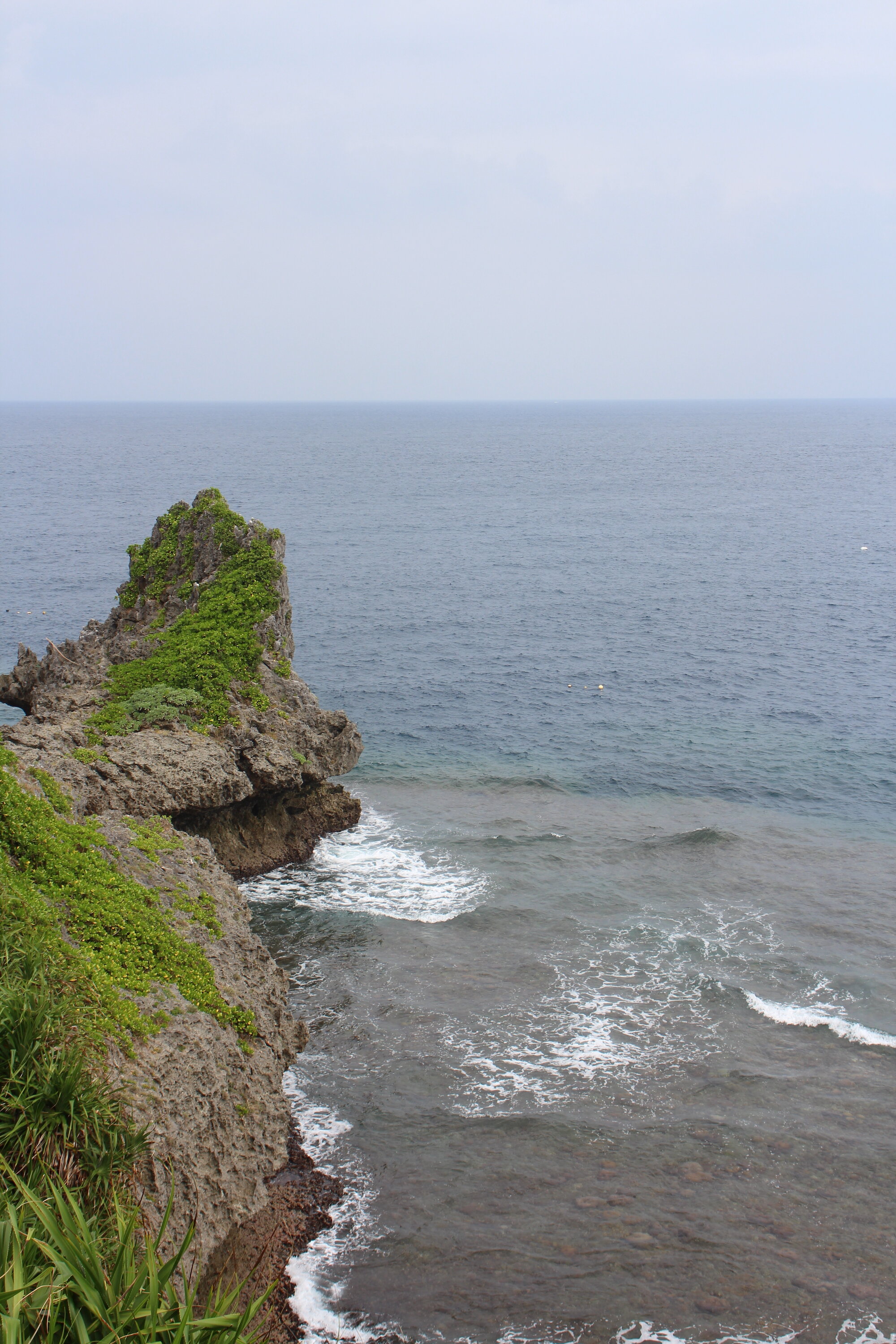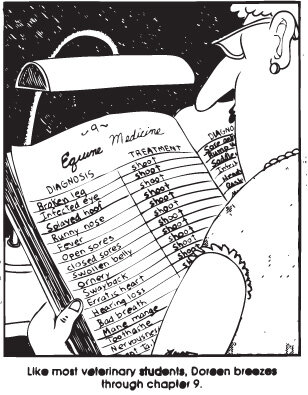My long walks continued. I’d been coming down with such a severe case of cabin fever that even the heaviest of showers was no longer enough to keep me inside. I’d even traded in my flimsy convenience store umbrella for one from Paul Smith costing ten times as much, just so that I could get out of my apartment and out of my head, as often as possible. Call me Thoreau; Fukuoka, my Walden.
One afternoon, as I was returning from one of my longest walks yet that had my shins and arches aching with a dull, throbbing pain, I dropped in at the Budōkan to see what kind of martial arts were taught there.
At the entrance was a bulletin board with a schedule of classes. On Saturday evenings, big boys in diapers pushed themselves around a clay circle. Sumō wasn’t really my cup of tea, which is just as well; of all my blessings, girth is not one of them. Three evenings a week, the kendō members met to whack each other senseless with bamboo sticks. That wasn’t quite what I was looking for either.
I walked over to a small window, stuck my head in, and said excuse me in Japanese, disturbing three elderly men from their naps.
“You really gave my heart a start,” said one of the men as he approached the window.
“Um, sorry about that.”
“Wow! Your Japanese is excellent.”
“Tondemonai,” I replied reflexively. Nonsense! “My Japanese is awful. I’ve still got a lot to learn.”
“Oi, Satō-sensei. This gaijin here says his Japanese is awful, then goes and uses a word like, ‘Tondemonai!’”
Satō rubs the sleep from his eyes says, “Heh?”
“How can I help you?”
“I’m, um, looking for a kick boxing class. You got any?”
“Kick boxing? No, I’m sorry we don’t. We do have karate, though. Tuesday and Thursday evenings. And there’s Aikido on Wednesday and Friday evenings.”
“Nothing in the afternoons?”
“No, only in the evenings.”
“Well, what about jūdō?”
The man’s eyes lit up. I was in luck, there was a class in session now, he said pointing to a separate building across the driveway.
“That building?” I said. I had my doubts.
“Yes, yes. Just go right over there. Tell them you’re an observer.”
I wasn’t sure the old man had heard me correctly, but I went to the adjacent building all the same, and removed my shoes at the entrance. As I stepped into the hall, two women in their fifties wearing what looked like long, black pleated skirts and heavy white cotton tops minced past me, their white tabi’ed feet[1] sliding quietly across the black hardwood floor. A similarly dressed raisin of a man, upon seeing me bowed gracefully, then glided off to the right from which the silence was broken with the occasional “shui-pap!”
“Anō,” I called out nervously. “I was told to come here. I’m, um, interested in learning jūdō.”
“Jūdō?” the elderly man asked.
“Yes, jūdō.”
“This isn’t jūdō,” he said, eyeing me warily. “It’s kyūdō.”
“Kyūdō?” What the hell is kyūdō?
He gestured nobly in the direction the “shui-pap!” sound had emanated from and encouraged me to follow him to a platform of sorts overlooking a lawn at the end of which was a wall with black and white targets.
“Kyūdō,” the man told me again. The Way of the Bow.
He instructed me to watch an old woman who had just entered the platform carrying a bow as long as she was short. She bowed before a small Shintō household altar, called a kamidana, then minced with prescribed steps to her place on the platform. Her posture was unnaturally rigid: her arse jutted out, spine curved back. Her head was held high. With her arms bent slightly at the elbows she raised the bow upward, bringing her arms nearly parallel to the floor. She then adjusted the arrow, stabilizing the shaft with her left hand and fitting the nock onto the string with her right hand. She turned her head ever so slowly, and, fixing her gaze on the target some thirty yards away, raised her arms, bringing the bow to a point above her head.
Inhaling slowly and deeply, she extended her arms elegantly, pulling the bowstring back with her right hand, and pushing the bow forward with her left, such that the shaft of the arrow now rested against her right cheek. The old woman paused momentarily before releasing the arrow. The string snapped against the bow with the “shui-pap” I had heard before, and the arrow was sent flying majestically right on target. It fell ten yards short, landing in the grass with a miserably anticlimactic “puh, sut!”
A small, nervous laugh snuck out before I could stop it. The old man at my side gave me a nasty look then went over to the woman who had just delivered the lawn a fatal shot and praised her effusively. She remained gravely serious, bowed deeply, then bellowed: “Hai, ganbarimasu!” I shall endeavor to do my best! All the other geriatrics there suddenly came to life and also shouted: “Hai, ganbarimasu!”
When the old woman had minced away, another man came out onto the platform and went through the very same stringent ritual. He ended up shooting his arrow into the bull’s-eye of the target . . . two lanes away. He, too, was lavished with compliments by the old man, whom I’d only just realized was the sensei, the “Lobin Hood” to these somber “Melly Men and Women”, if you will.
A third man walked onto the platform with the very same gingerly steps and bowed as the others had in front of the kamidana. Standing with a similarly unnatural posture, he went through the movements before releasing his arrow. To my surprise, the arrow actually hit the target. No bull’s-eye, mind you, but close enough for a cigar. And just as I was thinking, “Now here’s someone who finally shows a bit of promise,” the sensei marched over and ripped the man a new arsehole. His form was apparently all-wrong. The poor bastard looked thoroughly dejected as he slinked off the platform.
I went back to the Budōkan the following day to begin kyūdō lessons in earnest, not so much out of a burning passion for the martial art itself as a consequence of an adherence to the Taoist doctrine of wu wei—the art of letting be, or going with the flow: I had got this far, and was curious where it might take me. It was a mistake, although I didn’t know it at the time.













